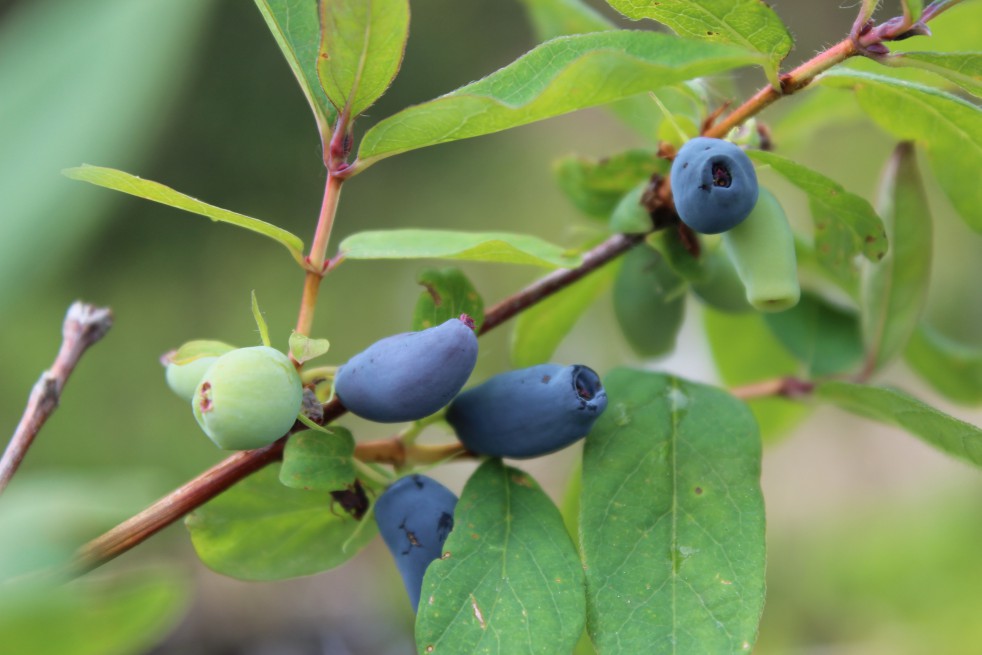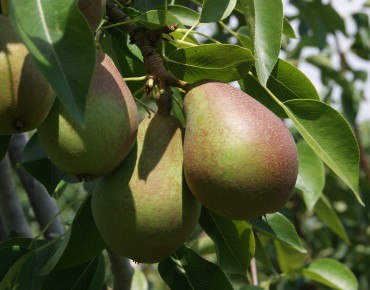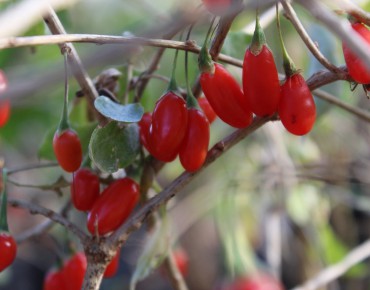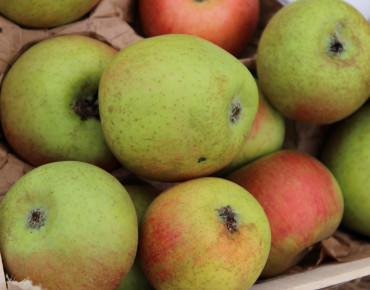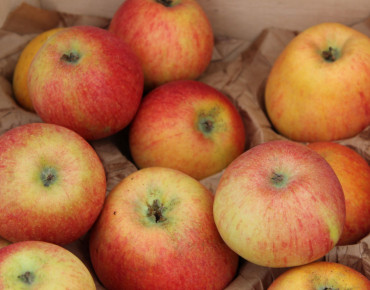Honeyberry
Lonicera kamtschatica
Description
Originally from eastern Siberia, honeyberry is very rustic -40°C, even its early flowers bear -10°C without suffering.
This plant produces bluish edible berries, their taste reminiscent of blueberries, the fruit is eaten raw or in jam, rich in vitamin C.
It is advisable to plant at least two plants in order to promote fruiting.
Several choices available :
Honeyberry (typical variety): blue berries 2 cm by 0.6 cm sweet and sour. Medium (1.30 m x 0.80 m)
Honeyberry Morena® : semi-early, compact (1.20 m x 0.70 m), large bluish fruits up to 2 cm long and 0.6 cm wide, with a tangy, very fruity taste.
Honeyberry Siniczka : early, elongated bluish-black fruits, averaging 2 cm by 0.6 cm, with a tangy, aromatic taste. Large (1.80 m x 1.50 m)
Honeyberry Sinoglaska : many elongated bluish-black fruits, slightly sweet, tangy, averaging 1-2 cm by 0.5 cm. Medium (1.50 m by 1.50 m).
Honeyberry Uspiech: abundant fruiting, bluish-black elongated fruits, sweet-tart, aromatic, about 2 cm by 0.60 cm. Large (1.80 m by 1.50 m)
Features
- Common name : Honeyberry - Blue-berried honeysuckle - Sweetberry honeysuckle
- Family : Caprifoliaceae
- Category : fruit tree
- Spread :
- Foliage : deciduous
- Color of flowers : jaunâtre
- Fruit : edible blue berries to the taste of blueberries
- Harvest : may
- Use : Isolated - shruberry
- Soil : humid, rich, well-drained, fresh and without excess limestone.
- Habit : upright
- Earth to use : 50% universal potting soil and 50% heath earth
- Density per m² : 4
- Enemies : aphid
- Possible diseases : resistant to diseases
- Reproduction : dioecious
Expédition & livraison
How does the delivery work?
 As soon as you place your order your plants are selected
As soon as you place your order your plants are selected Each order is processed individually.
Each order is processed individually. Plants are packed, staked and labeled.
Plants are packed, staked and labeled. Packaging is carefully implemented to avoid any problems.
Packaging is carefully implemented to avoid any problems. Packages are ready to be shipped.
Packages are ready to be shipped.
Our delivery methods
Shipping of our plants throughout Europe (except overseas and islands).
Customer reviews

